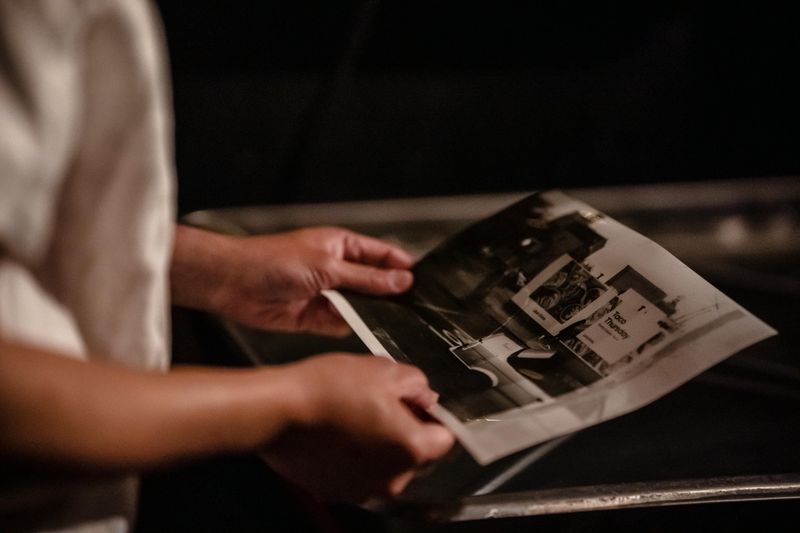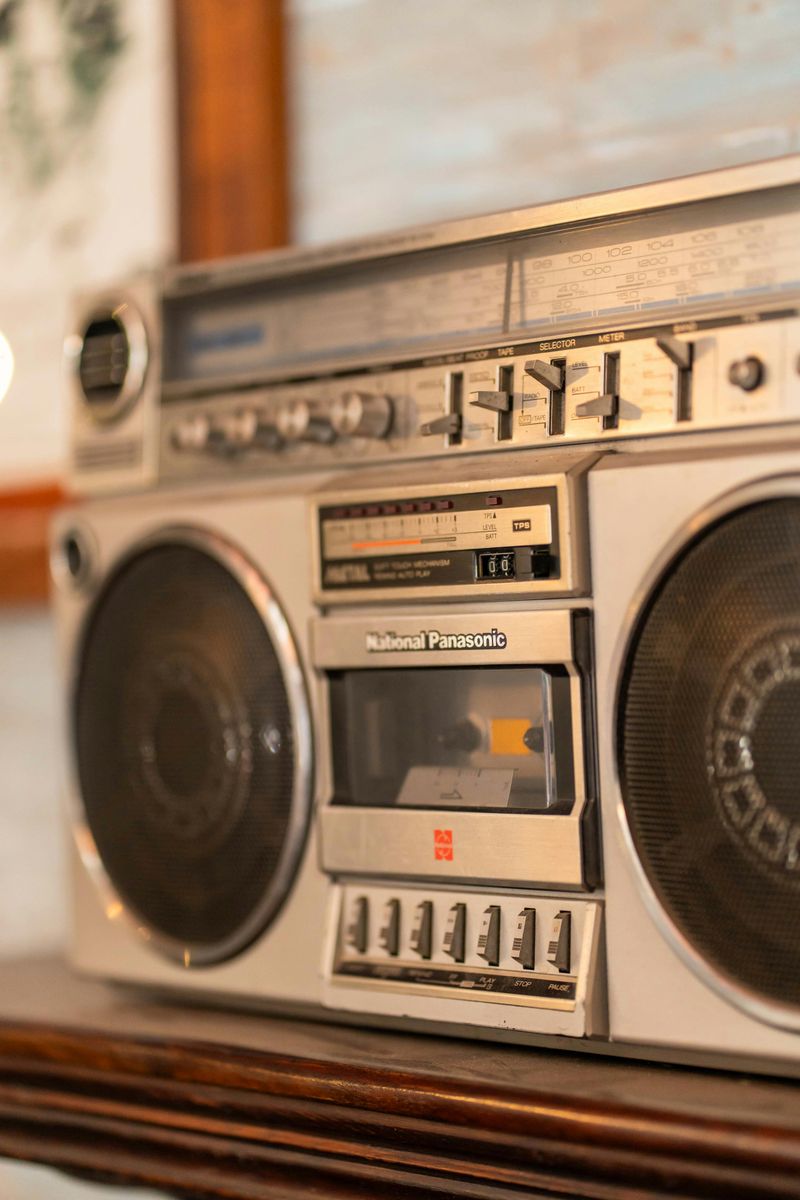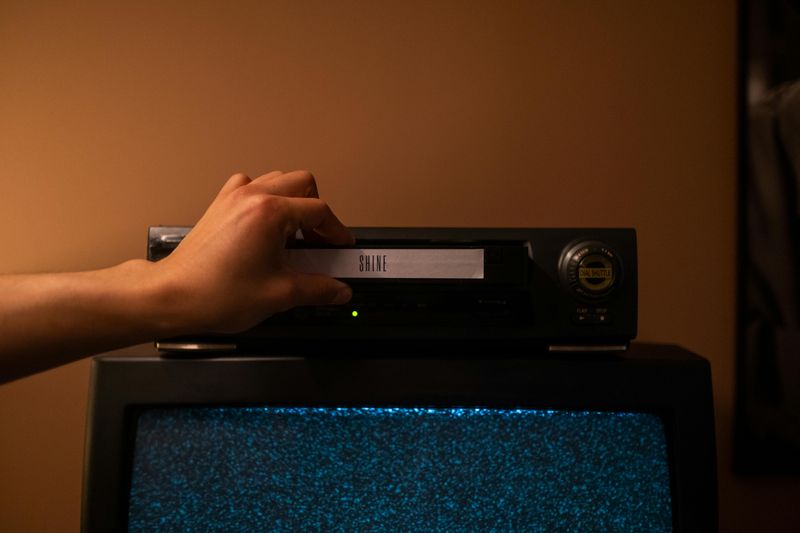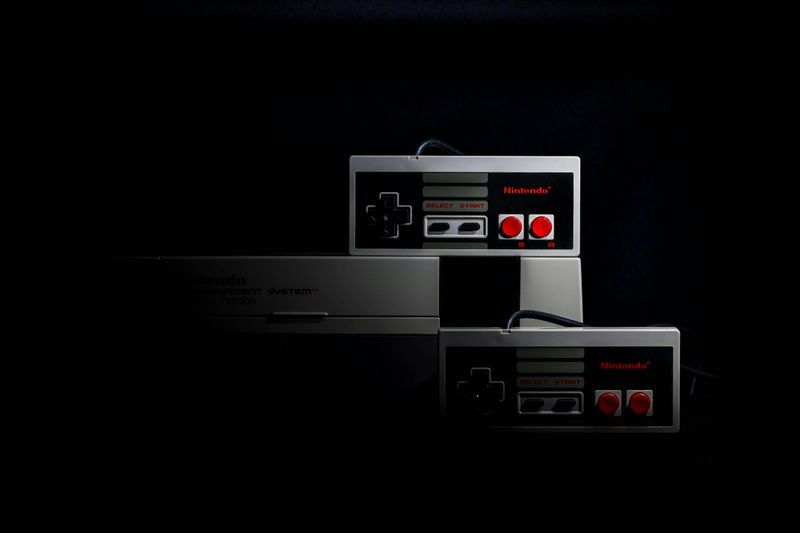11 Things Today’s Kids Will Never Understand—But Gen X Does

Growing up in the 1970s and 1980s gave Gen X a childhood full of experiences that seem almost unbelievable to kids today. Before smartphones, streaming services, and instant everything, life moved at a different pace and required creativity, patience, and problem-solving skills that digital natives might never develop. The world has changed so dramatically that many everyday realities from just a few decades ago now feel like ancient history.
1. Waiting a Week for the Next Episode

Back before binge-watching existed, television shows aired one episode per week, and you had absolutely no choice but to wait seven long days to find out what happened next. Cliffhangers were torture because there was no way to watch ahead or look up spoilers online. Families gathered around the TV at specific times, and missing an episode meant waiting months for a rerun.
Water cooler conversations at school revolved around what happened on last night’s show. The anticipation built excitement in a way that streaming entire seasons in one sitting just cannot replicate. Patience was not optional—it was simply how television worked.
2. Looking Up Information in an Encyclopedia

When Gen X kids needed information for homework, they pulled out heavy volumes of encyclopedias from the shelf and flipped through hundreds of pages. There was no Google to give instant answers, so research meant reading through entire articles to find one specific fact. Libraries became second homes during report season.
Encyclopedia sets cost hundreds of dollars and took up entire bookshelves in homes. Parents considered them valuable investments in their children’s education. Updates came once a year at best, so some information was already outdated by the time you read it, but it was the best resource available for learning about the world beyond your neighborhood.
3. Recording Songs Off the Radio

Building a music collection meant sitting by the radio with a blank cassette tape, waiting for your favorite song to play so you could hit record at exactly the right moment. DJs talking over the intro or outro ruined perfectly good recordings, and you had to start over. Timing was everything.
Creating the perfect mixtape took hours of dedication and planning. You would listen to multiple radio stations, trying to catch specific songs while avoiding commercials. The excitement of finally capturing that one song you loved made all the effort worthwhile, even if the recording quality was not perfect by today’s standards.
4. Using a Rotary Phone

Rotary phones required you to stick your finger in a hole, pull the dial all the way around, and wait for it to return before dialing the next number. Calling someone with lots of nines or zeros in their number took forever. One mistake meant hanging up and starting completely over.
Phone conversations happened while tethered to a wall by a cord, offering zero privacy in shared family spaces. Long-distance calls cost money per minute, so conversations were kept short and meaningful. Nobody could text, so making plans required actual phone calls, and if someone was not home, you simply tried again later without leaving a voicemail.
5. Memorizing Phone Numbers

Every Gen X kid had dozens of phone numbers memorized because there was no contacts list to save them in. Your best friend’s number, your grandparents’ number, and the pizza place were all stored in your brain. Forgetting a number meant looking it up in a physical phone book.
Phone books were thick directories delivered to every home, listing everyone’s number alphabetically. Calling information to get a number cost money, so memorization was the practical solution. Today’s kids rely entirely on smartphones to remember numbers for them, meaning they probably could not call their own parents if their phone died or got lost unexpectedly.
6. Adjusting TV Antennas for Better Reception

Getting a clear picture on your television often required someone to stand by the antenna, moving it around while another person yelled from the couch about whether the picture improved. Aluminum foil wrapped around the antenna sometimes helped boost the signal. Weather affected reception quality dramatically.
Cable television was expensive, so many families relied on free broadcast channels that came through antennas. Static, snow, and ghosting images were common problems that required constant adjustment. Watching TV meant accepting whatever picture quality you could get, and sometimes your favorite show was unwatchable because of poor reception that particular evening.
7. Rewinding VHS Tapes Before Returning Them

Video rental stores charged late fees if you did not rewind tapes before returning them, so responsible renters always rewound before heading back to Blockbuster. Special rewinding machines existed just for this purpose because rewinding in your VCR took forever and wore out the player. Be kind, rewind became a cultural motto.
Renting movies meant driving to a store, hoping your choice was in stock, and returning it within a few days or facing penalties. No streaming, no instant access—just physical tapes that could get damaged or eaten by your VCR if you were unlucky enough.
8. Planning Meetups Without Cell Phones

Coordinating plans with friends meant agreeing on a specific time and place beforehand, then actually showing up because there was no way to text if you were running late. Waiting around wondering if someone forgot was common. Reliability mattered more because flaking was harder to excuse.
If plans changed, you had no way to notify anyone unless you found a payphone. Meeting at the mall meant choosing a specific store entrance and hoping everyone remembered correctly. Today’s constant connectivity has made last-minute cancellations and vague plans acceptable, but Gen X learned commitment and punctuality out of necessity, not choice.
9. Blowing Into Nintendo Cartridges to Make Them Work

When your Nintendo game would not load, the universal solution was pulling out the cartridge and blowing into it as hard as possible before jamming it back in. This ritual was performed by millions of kids despite Nintendo officially advising against it. Sometimes you had to blow multiple times or wiggle the cartridge just right.
Gaming meant dealing with technical frustrations that required patience and problem-solving rather than downloading updates. Cartridges collected dust that interfered with connections, and cleaning kits existed specifically for this issue. The satisfaction of finally getting your game to work after ten minutes of blowing and adjusting was unmatched by anything in modern gaming.
10. Writing Notes and Passing Them in Class

Before texting existed, communication during school hours happened through folded paper notes passed discreetly between desks. Getting caught meant your private conversation was read aloud to the entire class by your teacher. The risk added excitement to otherwise boring lectures.
Folding techniques became an art form, with elaborate designs that kept your message hidden until the recipient unfolded it. Entire conversations happened on paper throughout the day, with notes saved in lockers like treasured artifacts. Today’s kids text constantly, but they will never know the thrill of successfully passing a note across three rows without getting busted by a watchful teacher.
11. Using a Thomas Guide for Directions

Navigation before GPS meant consulting a Thomas Guide, a spiral-bound book of maps with grids and indexes that required actual reading skills to use. Getting lost was common because one wrong turn meant pulling over and flipping through pages to find your location. Passengers became designated navigators on road trips.
Map reading was a valuable skill that required spatial reasoning and planning ahead. There were no turn-by-turn voice instructions, just you, the map, and your best guess about which street to take. Arriving at your destination felt like an accomplishment because you actually figured out how to get there yourself instead of blindly following a screen.

Comments
Loading…